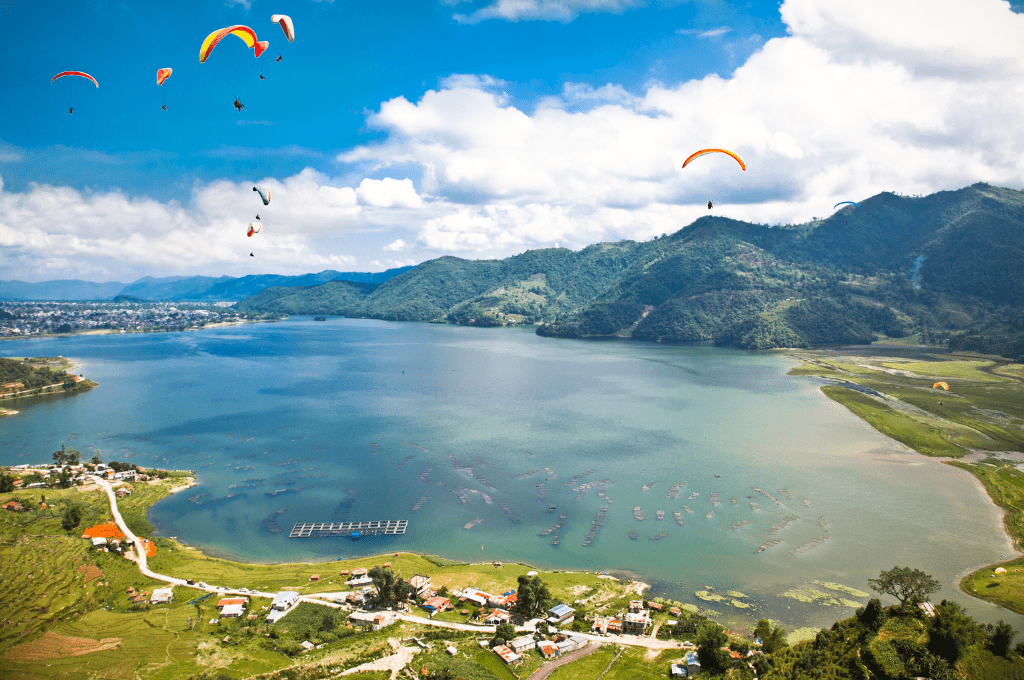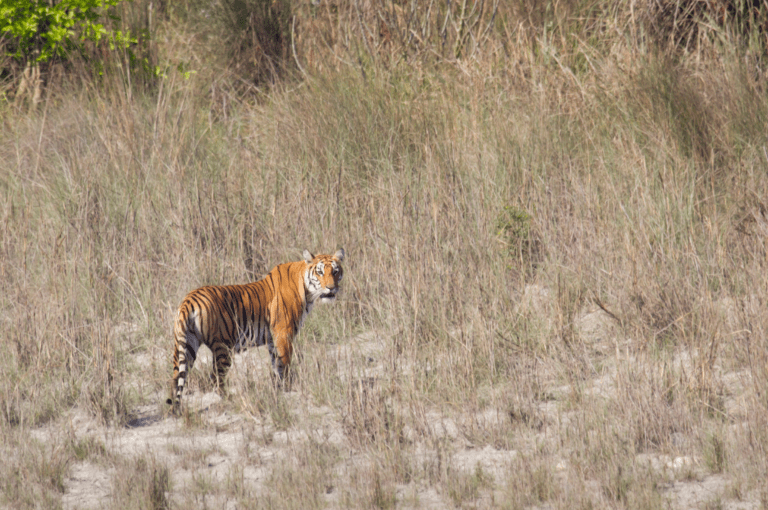The whole country of Nepal is fertile land for tourism. The small country has 10 UNESCO World Heritage Sites. The country, which is situated in southeast Asia, is a beautiful, exciting and wonderful tourist destination. The small country amazes the world with its natural diversity as well as the cultural and religious diversity among its people. Every year hundreds of thousands of tourists are visiting Nepal. However, it is natural for mankind to feel some kind of worry, insecurity, and doubt about visiting a new country. That’s why we are attempting to prepare the ultimate travel guides for Nepal. We hope this small attempt will make your visit awesome, enjoyable and memorable. Let’s move to our subject matter.
Top Travel Tips for Visiting Nepal
Currently, the country has been running a tourism campaign called ‘Visit Nepal Year 2020’ with the slogan of ‘Lifetime Experience’. To make a better lifetime amazing visiting experience, the government has been launching various programs. Among them, travelling tips for visitors carry huge importance. Here, visitors and a group of visitors must require these travel tips.
- Visa Nepal Information

A visa for Nepal can be obtained on arrival at the Tribhuwan International Airport, Kathmandu. Visa is also provided at the various border entry points on the Nepal-India border and Nepal-China border. Outside of the country, A visa can be obtained at the nearest Nepal Embassy or Diplomatic Mission. But to renew a visa you should go to the Department of Immigration, Kalikasthan, Kathmandu.
Visa Requirements
- A valid passport and one pp-size photo. So, carry extra passport-size photographs.
- Visa can be obtained only through payment of cash in the following currency: Euro, Swiss Franc, Pound Sterling, US Dollar, Australian Dollar, Canadian Dollar, Hong Kong Dollar, Singapore Dollar, and Japanese Yen.
- Credit cards, Indian currency, and Nepali currency are not accepted as payment of visa fees.
Visa Fee Details for Tourists
| Tourist Visa Fee Details | Previous Visa Fee | Changed Visa Fee that has been in effect from 17 July 2019 |
| 15 Days (Multiple Entry) | USD 25 | USD 30 |
| 30 Days (Multiple Entry) | USD 40 | USD 50 |
| 90 Days (Multiple Entry) | USD 100 | USD 125 |
| Visa Extension (Within Valid Visa Period) | USD 2 per day | USD 3 per day |
| Visa Extension (With Multiple Entry) | Additional USD 20 | Additional USD 25 |
| Visa Extension (After Visa Expiration) | Late fee USD 3 per day | Late fee USD 5 per day |
Gratis (Free) Visa
- For the first visit in one visa year (January to December), a gratis visa for 30 days is available only for nationals of South Asian countries like Bangladesh, Bhutan, Maldives, Pakistan, and Sri Lanka. However, a visa can be extended from the Immigration Department on payment of the visa fee as specified above.
- Indian nationals do not require a visa to enter Nepal.
Nepal Visa for Indian Nationals
Indian nationals do not require a visa to enter Nepal. As per Nepalese Immigration, Indian Nationals Traveling to Nepal by air must possess any one of the following documents.
- Passport
- Election Commission Card
Source: Department of Immigration
2. Dealing with Money Tips
Nepal is a developing country, as the country is slowly stepping toward development. The Nepalese Rupee is called ‘Rupaiya’. Nepalese currency is denoted as NRs.
Carry Cash Every Time
Every world nomads require Nepali Rupee compulsory everywhere for every kind of purchase. Almost all purchases should be made in Nepali Rupee except the Visa fee at the departure at Tribhuwan International Airport. Most of the places in rural towns and villages don’t accept cards and there may not be an ATM. Therefore, always carry cash with you.

Carrying cash is important when visiting Nepal because the country is still largely a cash-based economy. Here are a few reasons why it’s important to carry cash while travelling in Nepal:
- Credit card acceptance is limited: Credit card acceptance is relatively limited in Nepal, especially in rural areas and smaller towns. Even if a business does accept credit cards, they may charge an additional fee for using them. Carrying cash ensures that you will always have a means of payment.
- Cash is necessary for small transactions: Cash is often required for small transactions, such as buying street food, souvenirs, and transportation. Many small businesses and street vendors do not accept credit cards, so cash is the only option.
- ATMs are not always available: ATMs are not always available in Nepal, especially in remote areas. Even in major cities, ATMs may be out of service or have limited funds. Carrying cash ensures that you have a backup plan in case you are unable to withdraw money from an ATM.
- Currency exchange is easier with cash: It is easy to exchange cash in Nepal. Currency exchange shops are widely available in tourist areas and in major cities. However, they may not accept credit cards or checks. Carrying cash makes it easy to exchange currency when needed.
- Traveller’s checks are not widely accepted: Traveler’s checks are not widely accepted in Nepal. It can be difficult to find a place to cash them and they may not be accepted at all. Carrying cash ensures that you always have a means of payment.
In summary, while carrying cash is important when visiting Nepal, it is also important to be cautious and to keep your cash safe. It’s recommended to divide your cash in different places and not to carry all of it with you in the same place.
Buy Nepalese Rupee
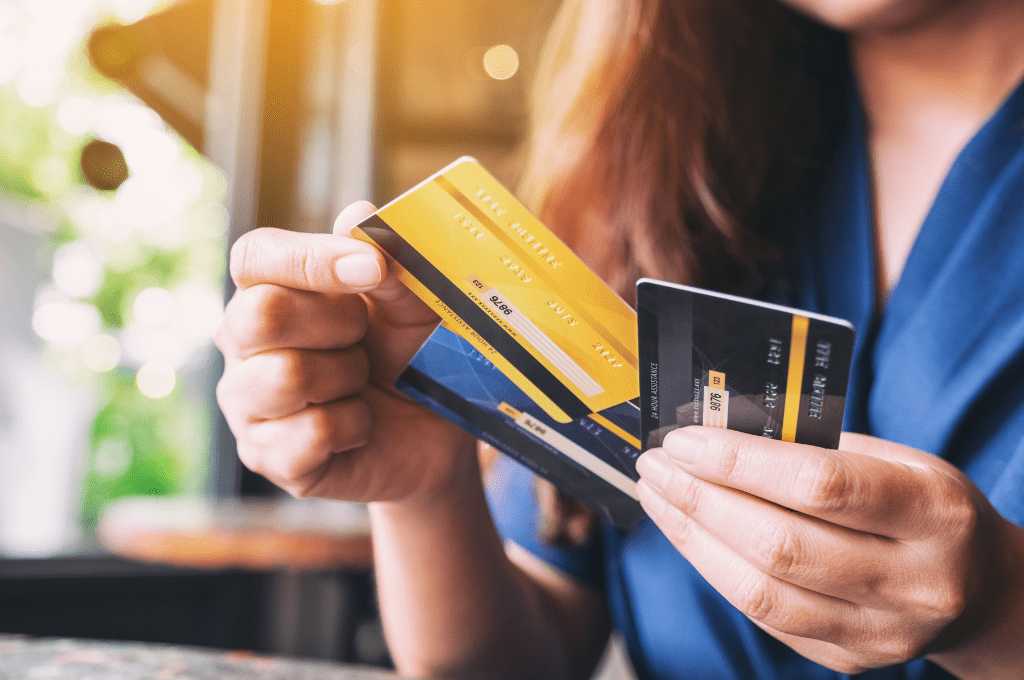
Now, You are thinking, If dollars are not accepted, then how to get Nepali Rupees? Don’t worry, major tourist destinations in Nepal like Kathmandu and Pokhara are the best places to exchange any foreign currency that you own. There are many exchange officers on every major street. Some of them even accept Visa and Mastercard. These officers are government-approved.
ATM in Nepal
Visitors who are making their trip to Nepal must have information regarding ATMs in Nepal. Various local banks in Nepal are providing ATM services. The ATMs tend to be inside a small cubicle room. Those cubicles only fit one person at a time so they are relatively safe to use. Many ATMs accept international credit cards throughout the country. The withdrawal limits range from 10000 NRs to 30000 NRs per transaction depending on the bank. Keep in mind, these ATMs charge a fee for their usage per transaction.
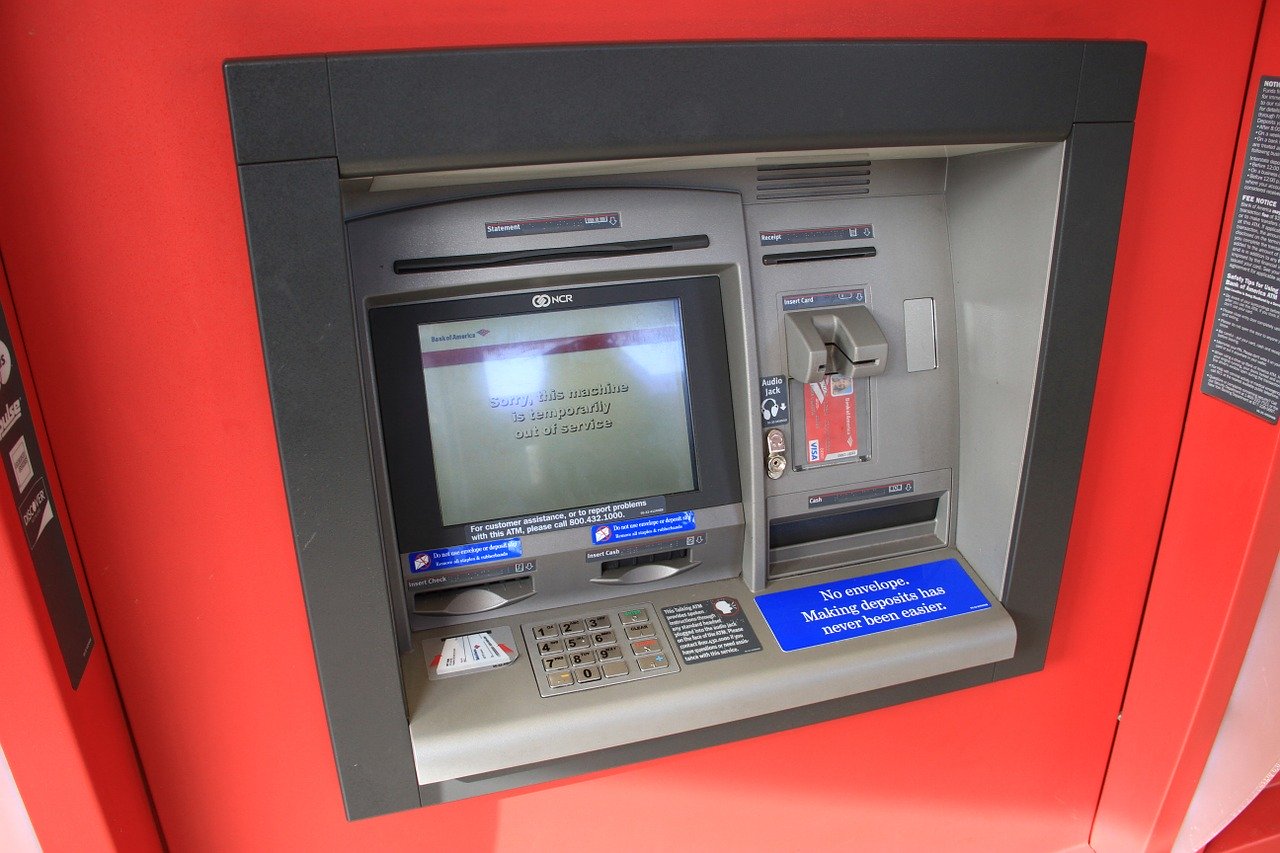
Outside the main tourist cities, certainly like during trekking, there should not be ATMs or exchange places. So, you’ll need a plan ahead and ensure that you have enough money for your accommodation, food, and snacks. Though, there are some ATMs in the large trekking route like Annapurna Circuit trek, and Everest Base Camp on the way to Mount Everest.
Tips in Nepal
Tipping is not mandatory, but it is expected. Now the tipping amount confuses every traveller. As for tipping in Nepal, though there is no service charge included in the bill, it is normal and usual to tip around 10-12% of the bill as a tip to the waiters. You can tip NRs. 20-30 to the luggage carriers or taxi drivers in Nepal, which is sufficient and keeps them happy. So consider tipping well.
Nepal is Affordable Tourism Destination
Nepal is one of those destinations, where you will get almost everything at a very affordable price. You can get accommodation, food, drinking water, tap water, and even bottled water at affordable prices. Though the country is an affordable destination for visitors, you should beware of money-scamming taxi drivers.
3. Trekking Tips
Nepal is a paradise for trekkers. Trekking in Nepal serves you an unforgettable lifetime experience. As the country is of the Himalayas, there exist wonders that are marvellous and breathtaking. You can trek through the Himalayas landscapes and settlements and villages.
Avoid Solo Trekking
One of the most necessary safety travel tips for visitors in Nepal is to always avoid solo trekking. A group tour for trekking is a good idea for security reasons as well as for your trekking pleasures. You should accompany other trekkers or at least should have a guide. The reason behind that is there have been many cases of tourists disappearing. There are many online and offline tours and travel websites or platforms. They are offering very cheap and well-trained travel or trekking guides.
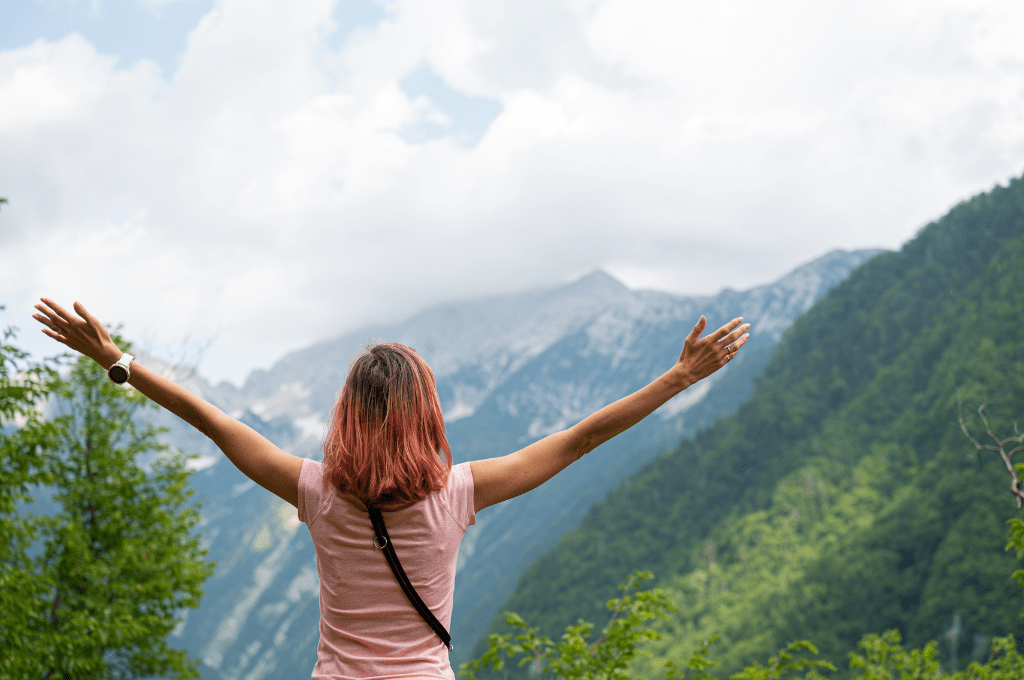
While Nepal is a beautiful and fascinating country to visit, solo travel can be risky and is not recommended for a variety of reasons.
- Safety concerns: Nepal is a developing country and it is not as safe as many other destinations. Crime rates are relatively high and there are security risks in certain areas, especially for solo travellers. Travellers are advised to take precautions such as staying in well-lit and populated areas and keeping a low profile.
- Language barriers: Nepal has many different languages and dialects, and it can be difficult for solo travellers to communicate with locals. This can make it difficult to get around, find accommodations and food, and ask for help in case of an emergency.
- Difficulty navigating: Nepal can be challenging to navigate, especially in the more remote regions. Many areas do not have well-developed transportation systems, and roads are often in poor condition. Solo travellers may have difficulty finding their way around and may find themselves in unfamiliar or dangerous situations.
- Health concerns: Nepal is located in a region where certain health risks are more prevalent, such as altitude sickness and water-borne illnesses. Solo travellers may find it difficult to access medical care if they become ill or injured.
- Lack of support: Traveling in a group or with a guide can provide support and companionship, which can be especially important in case of an emergency. Solo travellers may find themselves alone in difficult situations, and may not have anyone to turn to for help.
In general, it is always recommended to have a companion or to travel with a reputable tour operator or guide, especially for a first-time visit to Nepal. It is also advisable to do thorough research on the places you plan to visit and be well-prepared before embarking on your journey.
Everest base camp, Annapurna circuit, many Himalayas national parks and Chitwan National Park in the Terai regions are some of the famous trekking destinations in Nepal. Trekking along with the Himalayas mountain peak views is such a beautiful life experience. It is recommended, trekking will be better if you have travel insurance.
Trekking Permit
Special trekking permits must be acquired from the Department of Immigration, Kalikasthan, Kathmandu, for trekking to areas that fall under the Restricted Zone. You should have a permit to take a mountain bike for your mountain exploration. For more information about trekking permit fee details and trekking rules please log on to the Department of Immigration.
Trekking Season
For trekking, good enjoyable weather is very important. The recommended best time for trekking is after the monsoon season. Which is between late September to late November. At that time the weather is clear and dry. The visibility of the mountain peak is clear. As this is the peak season, trekking places get crowded.
If you’re keen to avoid the crowds, spring (February to April) can also be a good time to visit, with long days and warm weather. During the day tour, the visibility of the mountains is pretty average.
Nepal is a Very Safe Destination
Nepal is the safest destination for any kind of tourist. This is the reason hundreds of visitors are fascinated every year. The whole country is a peace zone. Nepal is safe for female travellers too. Female travellers alone can visit the whole country without any safety issues. But it is recommended to always avoid solo travel not only for females but for all.
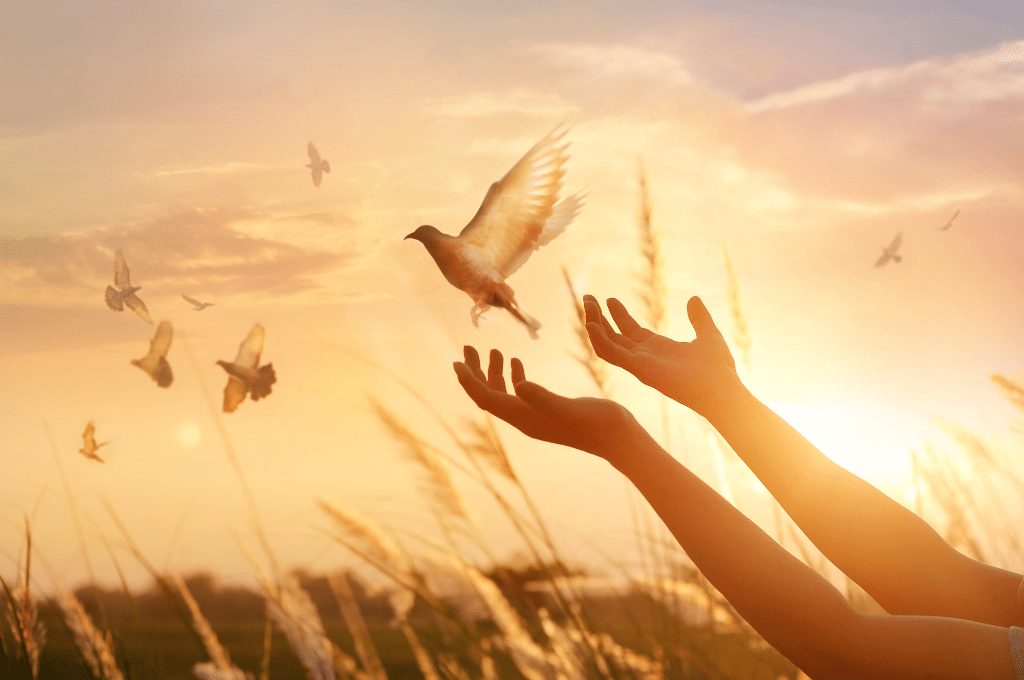
Nepalese people respect every kind of traveller. These people never judge visitors by their religions, culture, or colours. They find everyone respectable. Females are supposed to be a goddess to them. Nepalese people find their mother or sister figure in female travellers. That is why the country is safe for females as well as other visitors.
All the major tourist destinations are policed. The government has announced the tourism industry as a peaceful area. The government knows tourism will be the strong backbone of the country’s economy. Hence, the government is responsible for providing security to visitors.
Nepal is considered a safe destination for a number of reasons. The crime rate in Nepal is relatively low, and tourists are generally safe when travelling in the country. The government has implemented measures to ensure the safety of tourists, such as increasing patrols in tourist areas and implementing a tourist police force.
Nepali people are known for their hospitality and friendliness towards visitors. Tourists are often greeted with warmth and kindness, which can make travelling in the country a more pleasant experience.
On 25th April 2015, Nepal was hit by a devastating earthquake. Which causes various damage to physical constructions as well as to humans. Thousands of people lost their lives during the earthquake. But now on this date, the country is totally safe for visitors. This can be explained as follows;
- Out of 77 districts in the country only about 10 districts are affected by the earthquake. The remaining whole country is safe from earthquakes.
- Most of the new, including old physical constructions, are being constructed for earthquake-proof.
Nepal has always been an amazing tourist host for decades. The country never shows discrimination regarding the origin, age or gender of tourists. Tourists from all over the globe have been hypnotized and delighted by the spectacular views of Nepal. More importantly, travellers have praised the beauty of the country and its people with open hearts.
